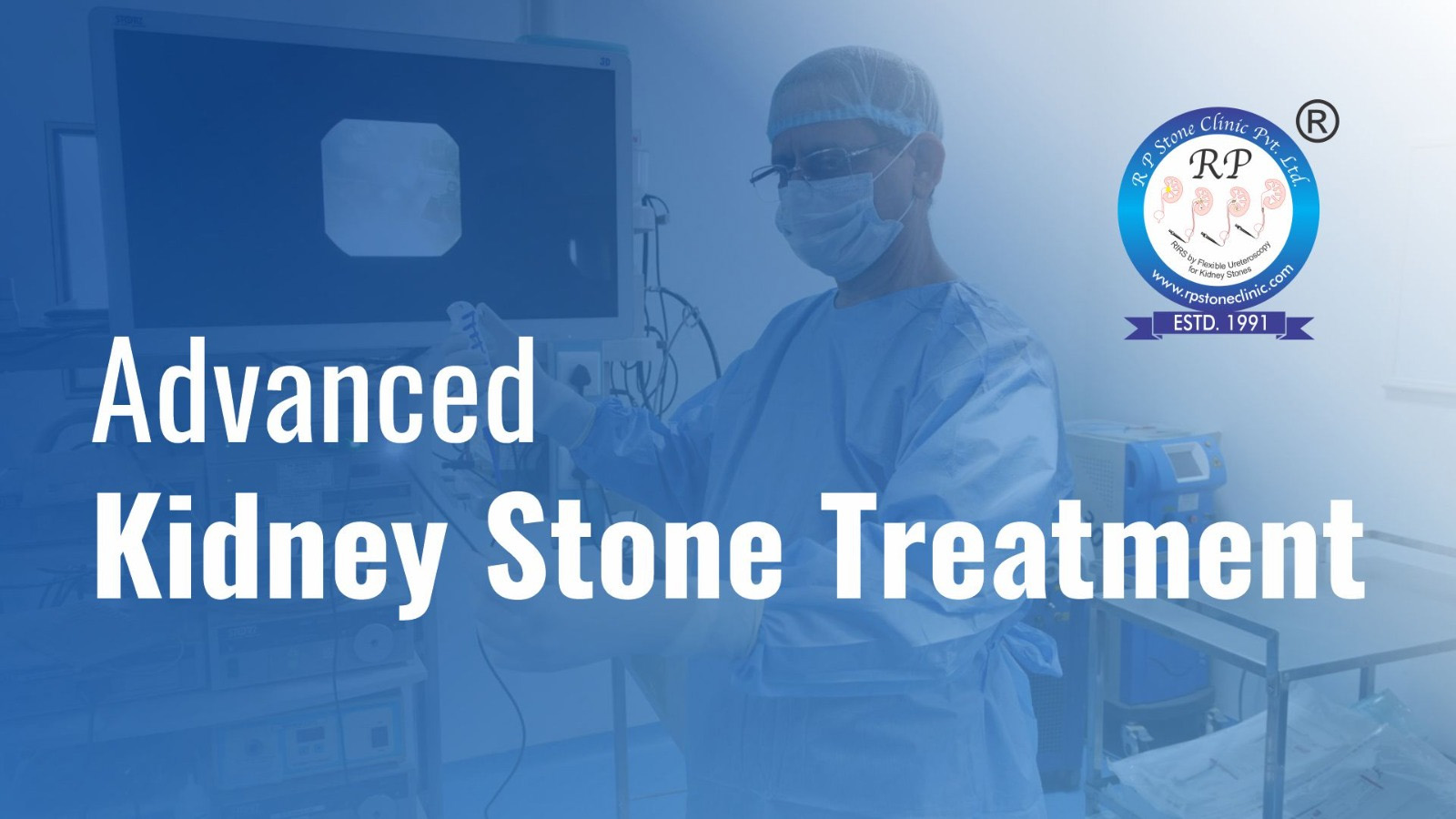Over the past 3-4 decades, kidney stone treatment has undergone significant advancements, transforming from invasive procedures to more refined, minimally invasive techniques. Long incisions on the human body are now largely a thing of the past and are rarely required. Today, Percutaneous Nephrolithotomy (PCNL) and Retrograde Intrarenal Surgery (RIRS) have emerged as the preferred methods for treating kidney stones.
Shock Wave Lithotripsy (SWL): Then and Now
Shock Wave Lithotripsy (SWL), introduced in the 1980s, was once a revolutionary non-invasive treatment for kidney stones. By using high-energy shock waves, SWL breaks stones into smaller fragments, allowing them to pass naturally through the urinary tract. However, SWL is not as widely used today as it once was. Its effectiveness can vary significantly based on factors such as stone composition, size, and location, which has led to a decline in its popularity in favor of other, more reliable treatments.
Percutaneous Nephrolithotomy (PCNL): The Keyhole Surgery
Percutaneous Nephrolithotomy (PCNL) remains a cornerstone of kidney stone treatment. This keyhole surgery involves making a small incision on the back to access the kidney and remove the stone. PCNL is particularly effective for larger stones that are difficult to treat with other methods.
Retrograde Intrarenal Surgery (RIRS): A Minimally Invasive Approach
In contrast, Retrograde Intrarenal Surgery (RIRS) offers a no-incision alternative. This minimally invasive procedure is performed through the normal urinary passage, effectively reducing the complications associated with more invasive surgeries like PCNL. For stones up to 2 cm in size, RIRS is the most favored treatment option today. Its popularity is growing even for larger stones, especially when combined with suction technology, making RIRS one of the most effective methods for kidney stone removal.
Conclusion
The evolution of kidney stone surgery over the last four decades has significantly improved patient outcomes. With procedures like PCNL and RIRS at the forefront, patients now have access to safer, more effective, and less invasive treatment options. Understanding these advancements is crucial for making informed decisions about the best kidney stone treatment available today.
FAQ
1: What is the evolution of kidney stone treatment over the past 3-4 decades?
Over the past 3-4 decades, kidney stone treatment has advanced from invasive surgeries with long incisions to more refined, minimally invasive techniques such as Percutaneous Nephrolithotomy (PCNL) and Retrograde Intrarenal Surgery (RIRS).
2: What is Shock Wave Lithotripsy (SWL) and why is it less popular today?
Shock Wave Lithotripsy (SWL) is a non-invasive treatment introduced in the 1980s that uses high-energy shock waves to break kidney stones into smaller fragments. Its popularity has declined due to its variable effectiveness based on factors like stone composition, size, and location, making other treatments more reliable.
3: What is Percutaneous Nephrolithotomy (PCNL)?
Percutaneous Nephrolithotomy (PCNL) is a minimally invasive “keyhole” surgery that involves making a small incision on the back to access and remove large kidney stones. It remains a cornerstone of kidney stone treatment, especially for larger stones.
4: How does Retrograde Intrarenal Surgery (RIRS) differ from PCNL?
Retrograde Intrarenal Surgery (RIRS) is a minimally invasive procedure performed through the normal urinary passage, avoiding any incisions. It is particularly effective for stones up to 2 cm in size and is increasingly popular even for larger stones, especially when combined with suction technology.
5: Why is RIRS becoming the preferred method for kidney stone treatment?
RIRS is becoming the preferred method due to its minimally invasive nature, which reduces complications compared to more invasive procedures like PCNL. It is highly effective for stones up to 2 cm and is gaining popularity for larger stones as well.
6: What are the advantages of modern kidney stone treatments like PCNL and RIRS?
Modern kidney stone treatments like PCNL and RIRS offer safer, more effective, and less invasive options for patients, leading to better outcomes and quicker recovery times compared to older, more invasive methods.
7: What factors influence the choice of kidney stone treatment today?
The choice of kidney stone treatment today is influenced by factors such as the size, and location of the stone, as well as the patient’s overall health. PCNL and RIRS are typically chosen based on these considerations.
8: How have advancements in kidney stone surgery improved patient outcomes?
Advancements in kidney stone surgery, particularly with the development of PCNL and RIRS, have significantly improved patient outcomes by providing more precise, effective, and minimally invasive treatment options, reducing recovery times and complications.


Leave a Reply